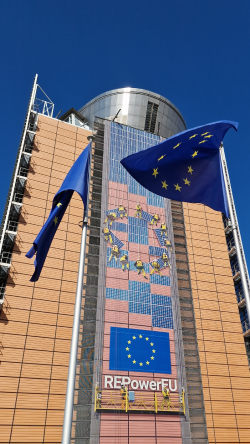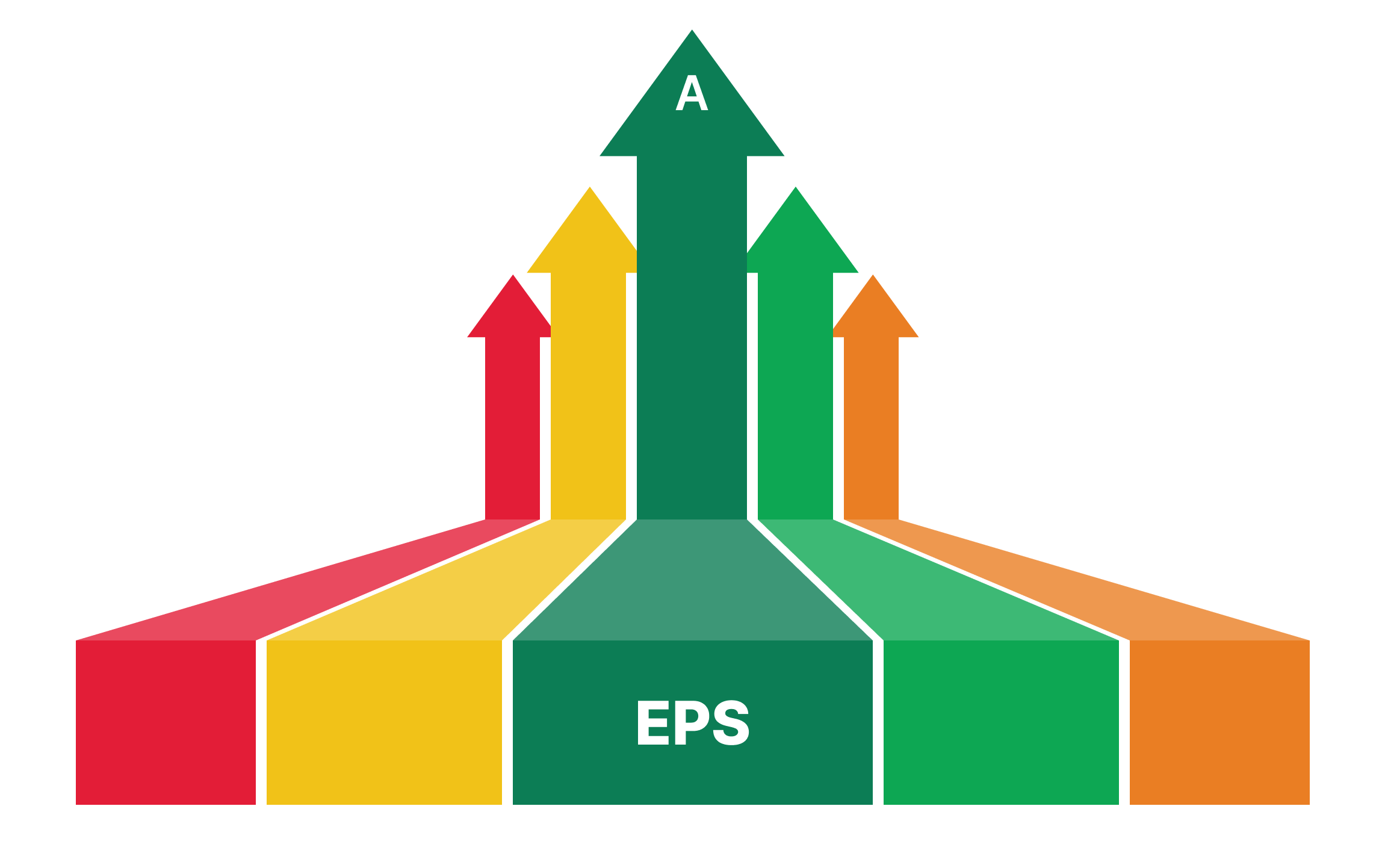Sustainable Building Practices with EPS Insulation and Heat Pumps
As Europe strides toward rigorous environmental targets, integrating Expanded Polystyrene (EPS) insulation with heat pump technology is becoming increasingly vital. This collaboration not only elevates the performance of each system but also supports EUMEPS's vision to promote EPS as a fundamental component for sustainable infrastructure, contributing to Europe's energy efficiency and climate goals.
The Critical Role of Heat Pumps in Energy Transitions
 Heat pumps are central to the global strategy for decarbonising heating. This is done by shifting from the generation of heat to its transferral. As a result of their design, operating like refrigerators in reverse, heat pumps can thus be up to three to five times more energy-efficient than conventional gas boilers. The International Energy Agency (IEA) stresses their potential to significantly reduce global CO2 emissions—the reduction potentially amounting to the total annual CO2 output of all European cars by 2030. This marks heat pumps as an indispensable solution to achieve the Net Zero Emissions scenario by 2050.
Heat pumps are central to the global strategy for decarbonising heating. This is done by shifting from the generation of heat to its transferral. As a result of their design, operating like refrigerators in reverse, heat pumps can thus be up to three to five times more energy-efficient than conventional gas boilers. The International Energy Agency (IEA) stresses their potential to significantly reduce global CO2 emissions—the reduction potentially amounting to the total annual CO2 output of all European cars by 2030. This marks heat pumps as an indispensable solution to achieve the Net Zero Emissions scenario by 2050.
The robust growth in the heat pump market is largely fuelled by heightened policy initiatives and technical advancements. In Europe, the surge in heat pump installations is evident with Germany and Sweden experiencing record increases. This growth trajectory is further supported by significant policy frameworks like the EU Green Deal and REPowerEU, which aim to enhance the deployment rates of heat pumps as part of a broader strategy to reduce reliance on fossil fuels and boost renewable energy use.
Enhancing Efficiency with EPS Insulation
EPS insulation plays a key role in maximising the thermal efficiency of buildings, a crucial first step to implement before considering other energetic solutions. The material’s lightweight nature, coupled with superior insulating properties, and enhanced durability that lasts as long as the building itself pave the way to ensure minimal thermal bridging and reduced heat loss. Only once a building is properly insulated should heat pumps be incorporated to leverage the reduced energy demand and provide a sustainable heating solution.
The integration of EPS into the building envelope can push the energy performance of structures several classes up by establishing a tightly sealed thermal barrier that prevents energy leaks. This avoids a particularly detrimental scenario to the efficiency of heat pumps. Studies, including those from Agora Energiewende, show that a well-insulated building is a prerequisite for the effective use of advanced heating technologies like heat pumps. Finally, the combination of efficient insulation and heating solutions allows to smooth out the load on the electrical grid at peak hours.
Optimising Energy Systems With EPS Insulation and Heat Pumps
The combination of EPS insulation and heat pumps not only improves the energy efficiency of buildings but also plays a crucial role in balancing the energy system. By integrating EPS insulation with heat pumps, it is possible to significantly reduce the demand on energy grids during peak times. The insulation provided by EPS creates a stable thermal environment, which decreases the need for energy output from heat pumps to maintain comfortable temperatures. This leads to a more consistent energy load, reducing the need for high peak capacity in the energy system.

As a result, energy systems can operate with lower maximum output, improving overall efficiency and reducing stress on the grid, particularly during periods of high demand. This synergy between EPS insulation and heat pumps supports the development of more resilient and sustainable energy infrastructure in Europe, as highlighted in a 2023 study by FIW Muenchen, "Thermal Insulation & Heat Pumps - Why the Two Belong Together”.
A Sustainable Blueprint for the Future
Leveraging EPS insulation in tandem with heat pump technology offers a sustainable blueprint for modern building practices. This combination not only meets high energy efficiency standards but also aligns with Europe’s climate action goals, positioning EPS as a key element in the future of sustainable building solutions.
The alliance between EPS and heat pump technology encapsulates EUMEPS's commitment to sustainable development. Stakeholders in the construction and energy sectors must adopt and advocate for these integrated solutions to foster energy-efficient, low-carbon buildings across Europe. This strategy is essential in achieving the broader objectives of energy independence and environmental sustainability, making EPS an indispensable ally in Europe's green transition.
